This exhibit was created in collaboration with Emily Nelson, an undergraduate History major at the University of Wisconsin-Madison.
A tour of 19th century Wisconsin architecture brings up lumber baron’s mansions, dairy barns, and . . . octagon houses? It was once a craze among the stylish to structure their homes in the shape we now associate with stop signs. Around the time Wisconsin became a state, this trend caught on in its major cities. Milwaukee in particular embraced octagonal homes wholeheartedly.
The unique shape was made popular by amateur architect Orson Squire Fowler of New York, who promoted a healthier lifestyle through design. In his book A Home For All: Or A New, Cheap, Convenient, and Superior Mode of Building (1848), Fowler argued that a building with eight sides would be better lit and better ventilated through its ceiling cupola. Though its health benefits are arguable, the greater volume of space the octagon afforded homeowners was obvious.
Approximately 1,000 octagon houses were built in America between roughly 1850-1870. Though fewer than 100 graced the landscape of Wisconsin, those that did are rich in history.
Curiously enough, whether due to their odd shape or their age, octagon houses are often reported to have supernatural residents. Until recently, the octagon house in Fond du Lac offered tours advertising the high possibility of a ghostly experience. The story associated with a home in Pewaukee claims that the man who built it killed his wife and that mysterious noises now haunt the walls. This may, however, be more likely caused by the intercommunication speaking tubes installed in the walls.
Surviving Octagons
Most octagon houses in Wisconsin have been torn down in favor of more modern construction. Some, however, are still cherished by their communities. The most famous, the Moffat Octagon House in St. Croix County and the Watertown Octagon House in Jefferson County, are maintained as historical museums.
Watertown’s octagon house was designed and built in 1853 by John Richards, the first lawyer in Jefferson County. The house is one of the largest single family residences of the pre-Civil War period in Wisconsin. Presented to the Watertown Historical Society by descendants of the Richards family in the summer of 1939, it features eight sides, three stories, four chimneys and fifty-seven rooms of rich mahogany furniture and 19th century luxury. Richards’ grandson, William Thomas, suggested that such luxury was prompted by competition among Watertown settlers to out-do each other in building their homes.
Vanished Octagons
Sources
The images in this online exhibit come from the following digital collections:
- Janesville’s Past, Hedberg Public Library. Part of the State of Wisconsin Collection from University of Wisconsin Digital Collections
- Kenosha County History: Images and Texts, 1830s-1940s. Part of the State of Wisconsin Collection from UWDC
- Milwaukee Historic Photos, Milwaukee Public Library
- Ripon Historical Society
- Wisconsin Historical Images, Wisconsin Historical Society
Further reading
- Zida C. Ivey, “The Famous Octagon House at Watertown,” Wisconsin Magazine of History vol. 24, no. 2 (December 1940)
- Robert Kline and Ellen Puerzer, “Wisconsin,” Inventory of Older Octagon, Hexagon, and Round Houses


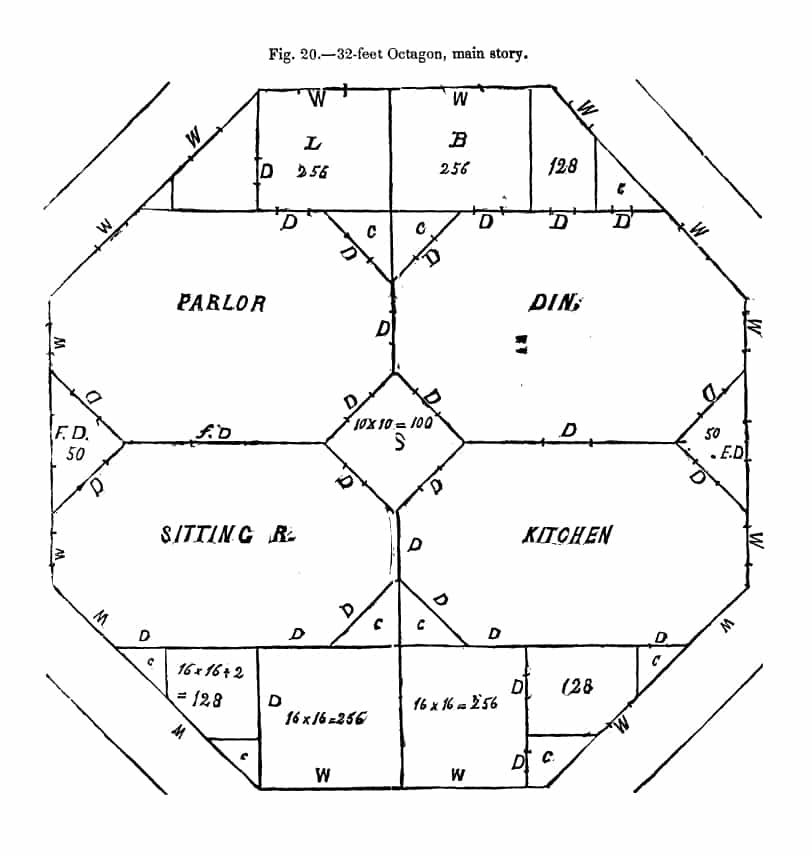
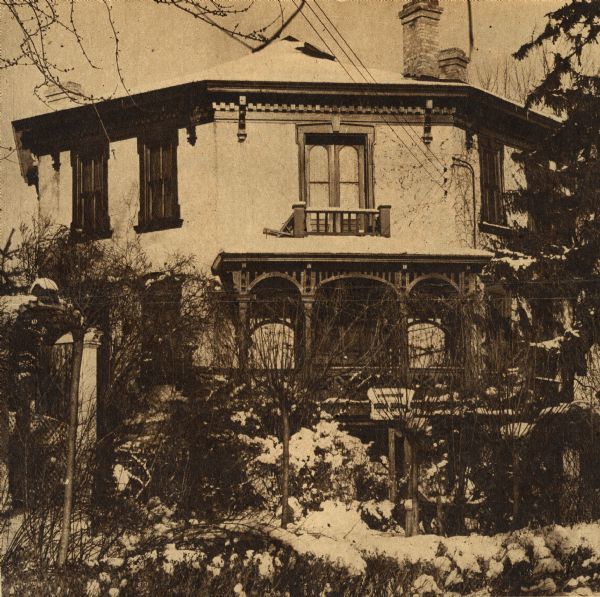

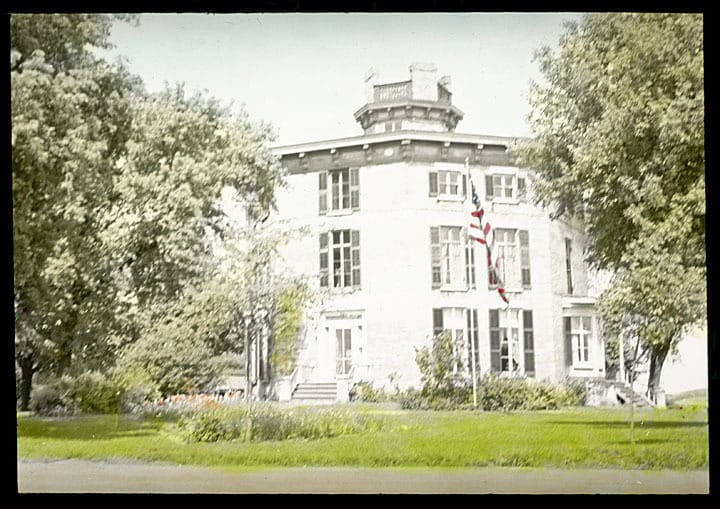


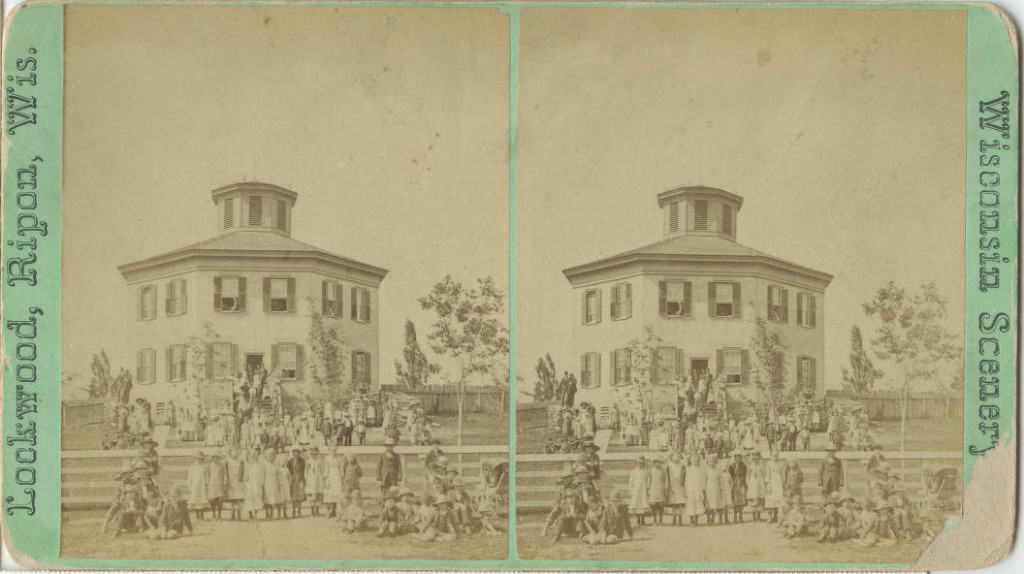
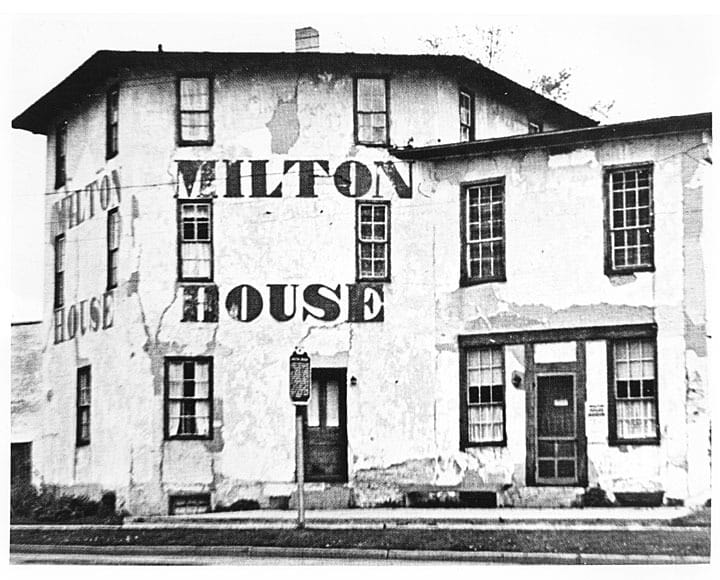


You must be logged in to post a comment.